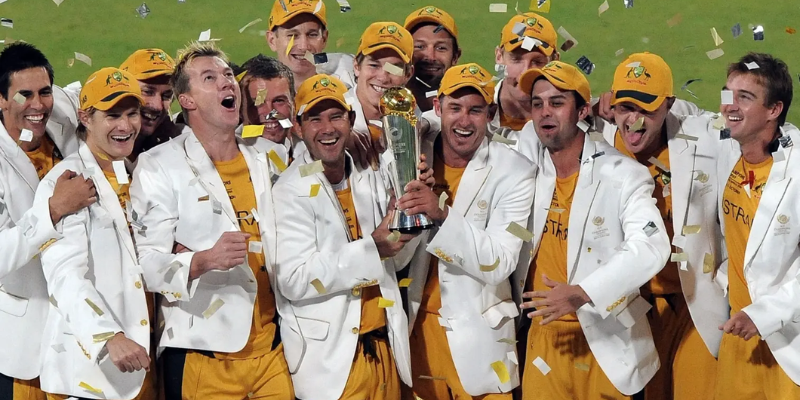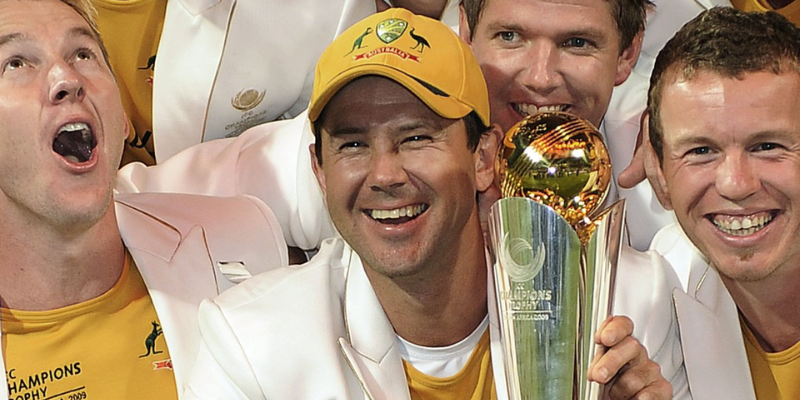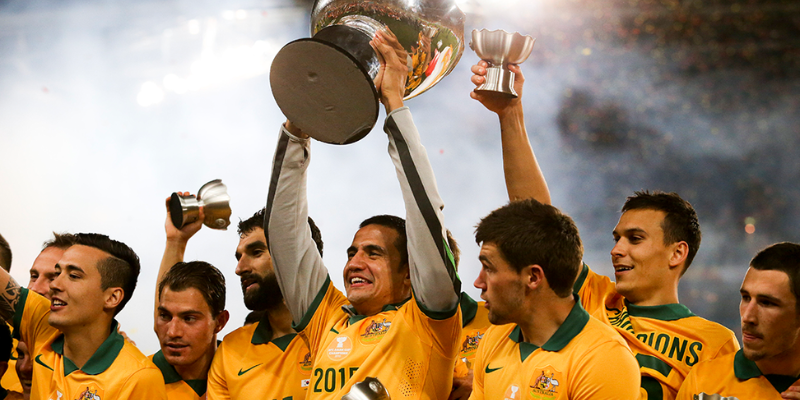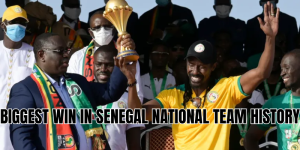When you hear the phrase biggest win in Australia national team history, your mind might wander to marquee victories over global powerhouses. But the record-setting triumph that defines Australia’s astonishing margin belongs to a clash far, during Oceania’s World Cup qualifying — and the Socceroos delivered a 31-0 massacre of American Samoa, a result that still resonates in football folklore.
Below, SaiKick takes you through the background, the freakish details, the records shattered, and the lasting legacy of this unmatched performance.
The Stage Is Set: Australia’s Path in 2002 Qualifying

In April 2001, Australia was competing in the Oceania confederation for a spot in the 2002 FIFA World Cup. As one of the dominant forces in Oceania, the Socceroos were expected to demolish weaker opposition, but few could have predicted what unfolded.
Australia’s campaign was held in a “mini‐tournament” format. In a group with Tonga, Samoa, Fiji, and American Samoa, all matches were staged at a single venue, Coffs Harbour, Australia. Two days before the 31-0 match, Australia had already laid waste to Tonga with a 22-0 victory — itself a record at the time — reinforcing the gulf in quality across the confederation.
That 22-0 rout over Tonga temporarily held the “biggest win” crown for a national team match, until April 11, when Australia elevated the astonishing to the truly legendary.
The Match: Australia 31, American Samoa 0

Team composition & circumstances
American Samoa entered the match under severe constraints. Due to passport issues and administrative limits, only one original senior squad member — goalkeeper Nicky Salapu — was eligible. The rest of the team was cobbled together.
Australia, while not fielding all their star names, still assembled a strong, professional side. The mismatch in fitness, strategy, experience, and cohesion was staggering.
How the goals flew in
- The opening goal came after about nine minutes, courtesy of Con Boutsianis.
- Archie Thompson broke in soon after to inaugurate his scoring spree, while David Zdrilic joined in quickly.
- Half-time arrived with Australia already 16-0 up — Thompson had netted eight goals, Zdrilic four.
- In the second half, the scoring continued relentlessly. Boutsianis added to his tally to claim a hat-trick, while Thompson and Zdrilic piled on more goals.
- Final tally: Thompson scored 13, Zdrilic 8, Boutsianis 3, Popovic, Vidmar, Colosimo 2 each; Fausto De Amicis added one.
At one point, the scoreboard displayed 32-0 and credited Thompson with 14 goals — but after counting and verification, the official score was settled at 31-0, and Thompson’s total locked in at 13.
Despite being down by nearly 30, American Samoa managed their first (and only) shot on target around the 86th minute — a strike that was comfortably saved.
Records Shattered on That Day

This match didn’t just rewrite Australia’s history — it smashed global records.
Team records
- Largest margin of victory in a senior international match: 31 goals.
- Largest win in World Cup qualification.
- Australia had already broken their own record just two days earlier with the 22-0 win over Tonga.
- The previous global record, 20–0 (Kuwait over Bhutan, 2000), was utterly surpassed.
Individual legends
- Archie Thompson’s 13 goals set the world record for most goals by a single player in an international match.
- David Zdrilic’s 8 goals stand among the highest tallies in a single match.
- These feats eclipsed older records held since the early 20th century, e.g. Sophus Nielsen and Gottfried Fuchs with 10 goals in Olympic matches.
Context & Aftermath
That extraordinary 31-0 victory prompted serious reflection in football governance.
Format change & Australia’s confederation switch
The lopsided nature of matches like 22-0 and 31-0 exposed inherent flaws in the Oceania qualifying format. In response, FIFA reinstated a preliminary round for weaker teams.
This imbalance was among the reasons Australia moved from the Oceania Football Confederation (OFC) to the Asian Football Confederation (AFC) in 2006, seeking more competitive opposition and meaningful matches.
The human side
The American Samoa players, though pummeled, remained dignified. Salapu and teammates later reflected that they learned from the experience and gained recognition — after all, who doesn’t remember a match when it’s the worst defeat ever recorded?
Over time, their story of perseverance even inspired a documentary and a dramatized film “Next Goal Wins,” chronicling the team’s redemption arc beyond that 2001 humiliation.
Today, Nicky Salapu remains a symbolic figure in American Samoan football — a living bridge.
Why This Match Matters
- It’s not just Australia’s biggest win in Australia national team history — it’s often cited as the biggest win in all senior international football.
- It forced changes in how qualifying tournaments are structured, especially in weaker confederations.
- It solidified Thompson’s place in record books and reshaped narratives around global football inequality.
- It stands as a cautionary but fascinating tale: when professional squads meet inexperienced teams with no safeguards, the result can become legendary, in both stats and storytelling.
Final Thoughts
Biggest win in Australia national team history isn’t just a statistical footnote — it’s a moment of madness, history, and lasting impact. That 31-0 over American Samoa is more than a scoreline: it’s a benchmark of extremes in international football.
If you enjoyed diving into this record, stick around with SaiKick — we have deep dives on other jaw-dropping matches, player profiles, and power rankings coming next. Want more on Archie Thompson’s career, or comparisons with other national team records? Let me know and we’ll explore together.






